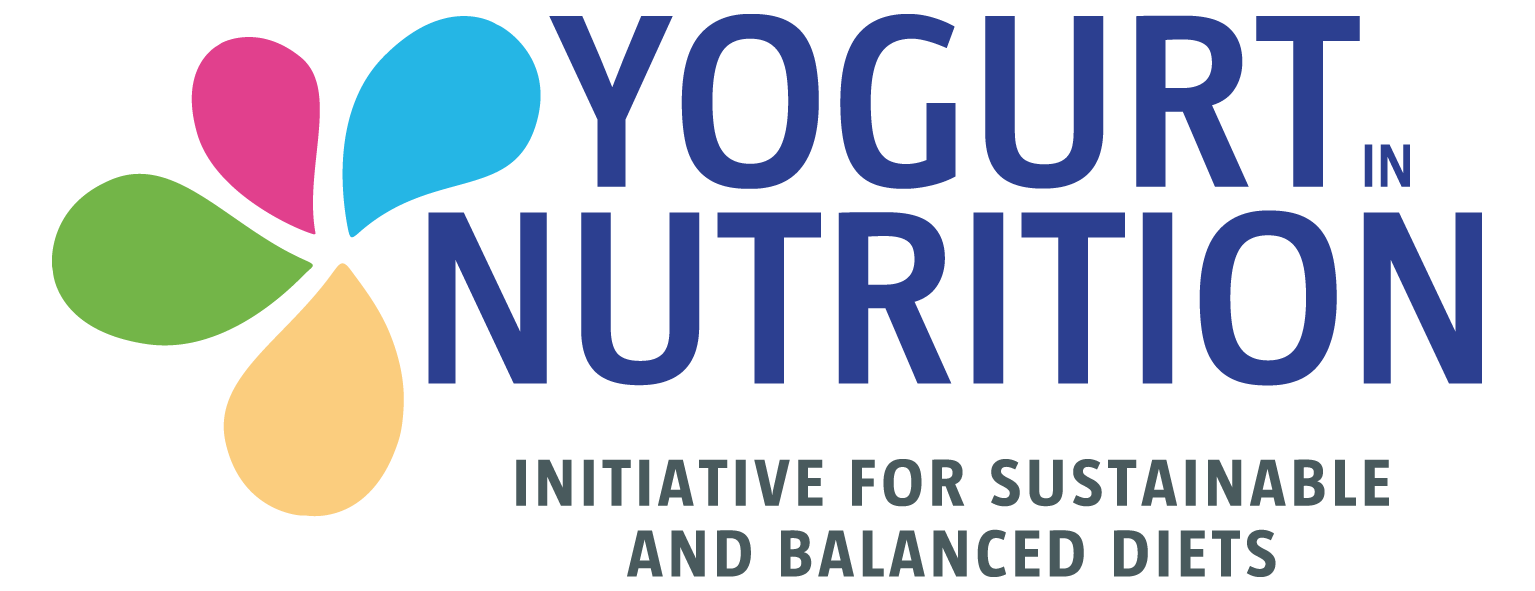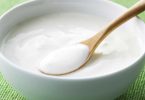The WGO handbook summarizes the essentials datas regarding probiotics, prebiotics and their impact on gut health.
What is a probiotic?
Probiotics, defined by the World Health Organization (WHO), are “live microorganisms that, when administered in adequate amounts, confer a health benefit on the host.”
Probiotics are specified by genus, species, and strain. Common probiotic species include Lactobacillus, Bifidobacterium, Saccharomyces (a yeast) and some E.coli and bacillus species. You can find them in yogurt for example, which contains two specific strains Lactobacillus Bulgaricus and Streptococcus thermophiles, but also in other probiotic preparations, such as capsules or drinks.
Effects of probiotics on gut health
A part of the ingested probiotics survive in adequate numbers in order to affect gut microbial metabolism and exert their intended clinical response or even, in case of yogurt’ strains, alleviate digestive symptoms in people, who are lactose maldigesters.
The WGO handbook summarizes the factors, affecting the probiotic life cycle and current challenges in the use of probiotics, like safety concerns, antibiotic interaction, duration of therapy to cater for various indication and population groups or timing and optimal dose definition.
Prebiotics: nurturing of gut microbiota
Probiotics should not be confused with prebiotics, which are “selectively fermented ingredients that allow specific changes, both in the composition and/or activity in the gastrointestinal microflora that confers benefits upon host well-being and health.”
Prebiotics include fructooligosaccharides (FOS), galactooligosaccharide (GOS), lactulose and inulin.
Combining probiotics and prebiotics?
Combining probiotic with prebiotics, gives synbiotics, which are an effective way to ensure a maximum benefit from the ingested probiotics. The term refers to the synergy created by getting both probiotics, and prebiotics to feed the human microbiome. Prebiotics are often advised for gut health, for example in the case of acute infectious diarrhea, the prevention of antibiotic-associated diarrhea and nosocomial diarrhea, in irritable bowel syndrome, in ulcerative colitis and even in constipation.
Despite the fact that more research is needed to clarify some aspects on probiotics, much clinical evidence indicates that probiotics and/or prebiotics can be used as a natural intervention to alleviate many of gut disorders.
To learn more, download the WGO handbook and read the original article.





